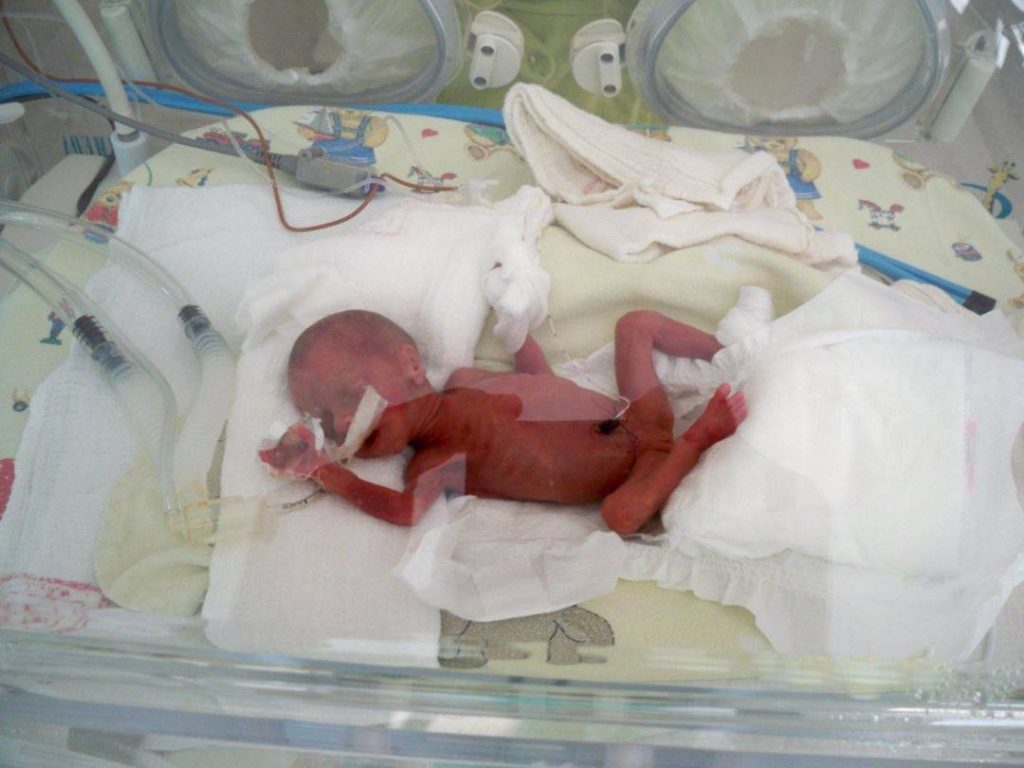Imagine the joy and anticipation, the thrill of an expecting parent as they eagerly await the arrival of their child. All the preparation, the joy of setting up a nursery, the vibrant colors, all they want is to create a delightful safe space for their newborn. Excitement fills the air as they envision a future full of love and possibilities. But there’s an invisible threat that often always goes unnoticed—air pollution. In this article, we delve into the relationship between air pollution and low birth weight, shedding light on its implications for maternal and child health.
The weighty impact of Air Pollution: Low birth weight, defined as infants weighing less than 2,500 grams at birth, poses significant risks to their health throughout their lives. Respiratory infections, heart disease, and learning disabilities are just a few of the challenges these children may face. Astonishingly, scientific evidence reveals a strong connection between air pollution and low birth weight. Studies have shown that exposure to pollutants during pregnancy can diminish birth weight by up to 200 grams. Particulate matter (PM) and ozone (O3), small enough to penetrate deep into the lungs, are particularly harmful pollutants.

Understanding the Mechanisms: To comprehend the impact of air pollution on low birth weight, we must explore the mechanisms at play. The placenta, a vital organ that connects mother and baby, is susceptible to damage from air pollution. This damage can restrict blood flow to the fetus, impairing its growth potential. Additionally, air pollution increases the risk of inflammation, contributing further to low birth weight.
Disproportionate Effect on Mothers: While air pollution affects us all, its consequences are more pronounced in certain populations. Mothers who are already at risk of delivering low-birth-weight babies, such as young mothers, those facing poverty, or individuals who smoke, face even higher risks. This alarming disparity calls for targeted attention to address these inequities.
The Long-Term Health Implications: Low birth weight casts a long shadow, leaving a lasting impact on an individual’s health and well-being. From chronic conditions like high blood pressure, diabetes, and heart, lung, and kidney problems to intellectual and developmental disabilities, metabolic syndrome, and obesity—the effects are wide-ranging. The risks extend to increased all-cause mortality, decreased educational attainment, reduced earnings, and poorer health in adulthood. The spectrum of potential outcomes includes cerebral palsy, blindness, deafness, and developmental delays.
Prevention and Intervention: In understanding the significance of preventing low birth weight, proactive steps need to be taken to protect the well-being of both mother and child.
- Seeking early prenatal care, avoiding smoking and alcohol during pregnancy, and managing chronic health conditions are crucial measures to mitigate risks.
- For babies born with low birth weight, early intervention, and specialized care play a crucial role in minimizing the potential long-term health problems they may face.
Nurturing Cognitive Development: Low birth weight can have detrimental effects on the brain and nervous system development during fetal growth. This damage can disrupt brain growth, myelination, and synaptic pruning, particularly affecting children born prematurely. However, there is hope. Various interventions can enhance the cognitive development of children born with low birth weight.
- Early intervention programs offer specialized services like speech therapy, occupational therapy, and tutoring, enabling these children to catch up to their peers.
- Enriched learning environments provide stimulating and supportive surroundings, nurturing cognitive skills and fostering growth.
- Parental support plays a vital role. By creating a stimulating home environment, engaging in regular reading sessions, and fostering open communication, parents can profoundly impact their child’s cognitive development.
- Seeking support and Taking Action: If you have concerns about your child’s cognitive development due to low birth weight, consult your doctor. They can provide a comprehensive assessment and recommend early intervention programs or other essential services tailored to your child’s needs.
Mitigating the Impact of Air Pollution on Low Birth Weight: To combat the adverse effects of air pollution on low birth weight, a multi-faceted approach is necessary. Consider the following strategies:
- Individual-level intervention: Reduce pregnant women’s exposure to air pollution by avoiding outdoor activities on high-pollution days, wearing masks in polluted areas, and keeping windows closed, especially near major roads or industrial areas. Invest in professional medical-grade air purification systems like the D-orbital Nano oxide catalyst air filter to enhance indoor air quality and safeguard fetal development.
- Community-level Intervention: Advocate for measures that reduce overall air pollution levels, such as promoting the use of public transportation, reducing vehicular traffic, improving industrial processes’ efficiency, and planting trees to act as natural air filters.
- Policy-level Intervention: Advocate for government policies that address air pollution, including stricter emissions standards for cars and factories, increased investments in renewable energy sources, and the creation of green spaces in urban areas.
Empowering Health Pregnancies: In addition to the interventions mentioned above, pregnant women can take several proactive steps to reduce the risk of low birth weight. Maintaining a healthy diet, engaging in regular exercise, avoiding smoking and alcohol, and seeking early and regular prenatal care are essential factors in ensuring a healthy birth.
Conclusion:
As we embark on the journey of parenthood, we cherish the excitement and anticipation of welcoming a new life into our arms. Amidst all the joyful expectations and preparation, we must confront the silent adversary of air pollution. The World Health Organization (WHO) has shed light on the profound impact of air pollution on low birth weight, linking it to long-term health implications for children. Understanding the mechanisms at play and its vast effect on both mother and child, we are called to take action as we pave the way for healthier pregnancies and brighter. Together, let’s join hands in safeguarding the health and well-being of mother and child, creating a world where every child can breathe clean air and thrive.


